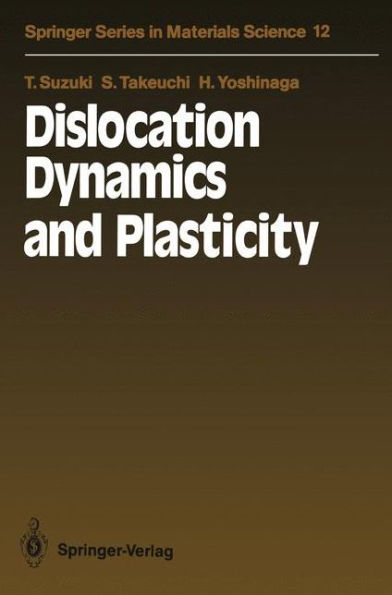5
1
9783642757761


Dislocation Dynamics and Plasticity / Edition 1 available in Paperback

Dislocation Dynamics and Plasticity / Edition 1
- ISBN-10:
- 3642757766
- ISBN-13:
- 9783642757761
- Pub. Date:
- 12/23/2011
- Publisher:
- Springer Berlin Heidelberg
- ISBN-10:
- 3642757766
- ISBN-13:
- 9783642757761
- Pub. Date:
- 12/23/2011
- Publisher:
- Springer Berlin Heidelberg
79.99
In Stock

Product Details
| ISBN-13: | 9783642757761 |
|---|---|
| Publisher: | Springer Berlin Heidelberg |
| Publication date: | 12/23/2011 |
| Series: | Springer Series in Materials Science , #12 |
| Edition description: | Softcover reprint of the original 1st ed. 1991 |
| Pages: | 228 |
| Product dimensions: | 6.10(w) x 9.25(h) x 0.02(d) |
From the B&N Reads Blog
